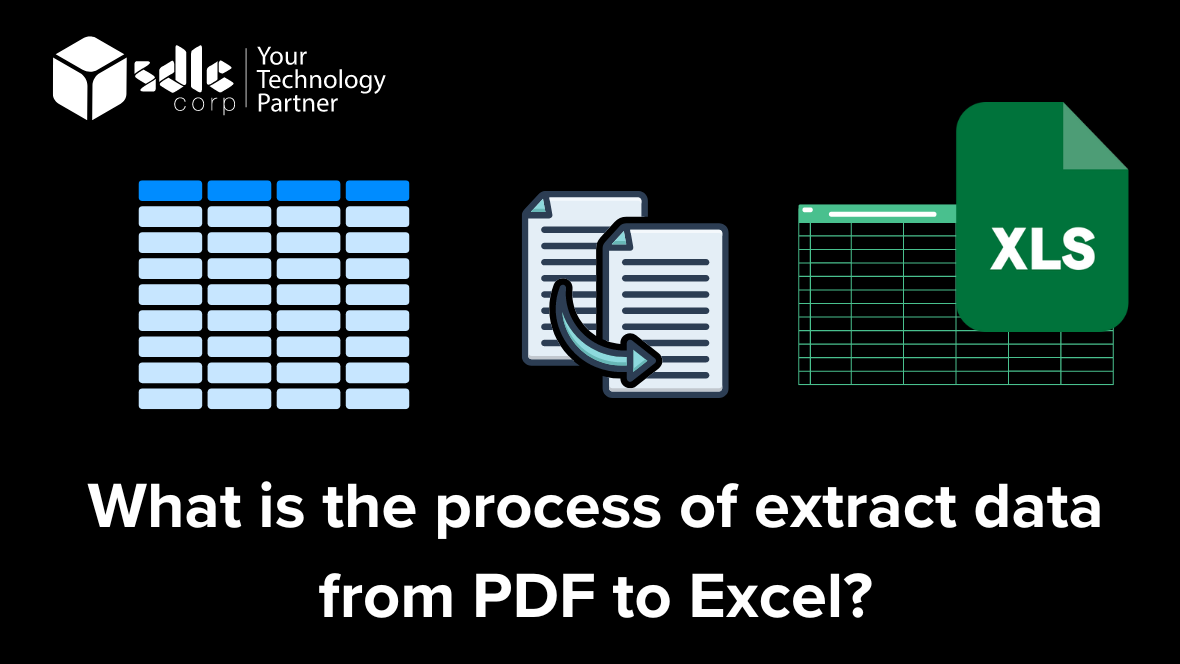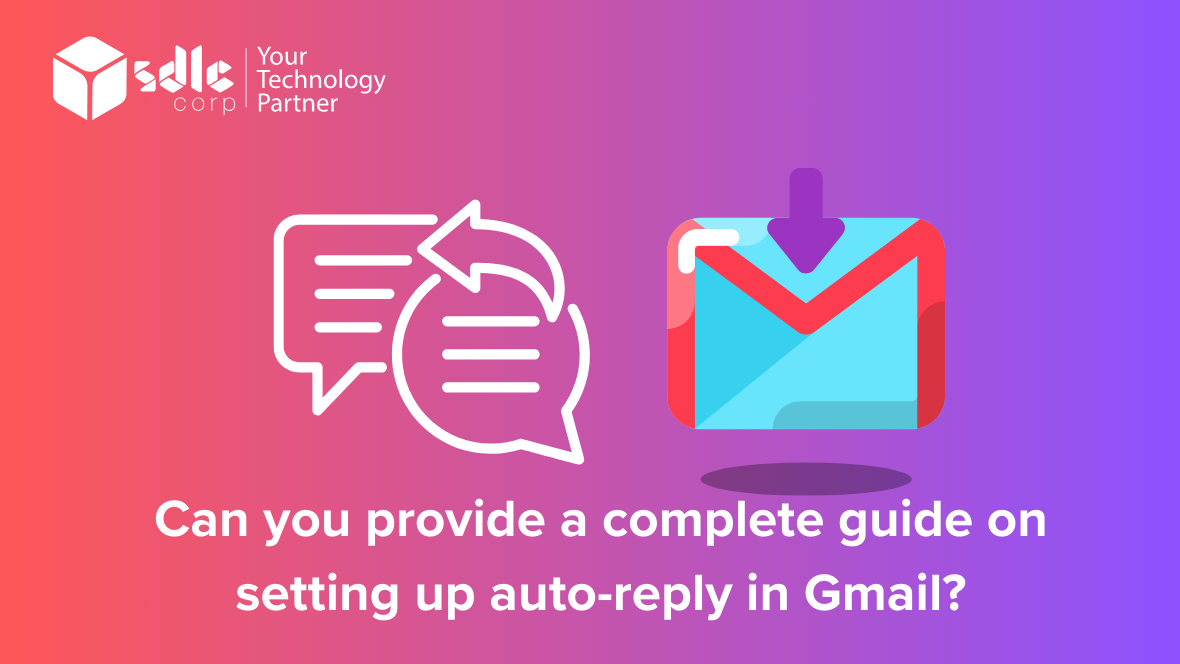How can I convert tables form Microsoft Word into Excel?
To translate Word tables into Excel tables, begin by selecting the table in Microsoft Word and copying it to the clipboard. Next, open Excel and navigate to the worksheet where you want to paste the table. Position the cursor in the desired cell and paste the table using “Ctrl + V.” Once pasted, you may need to adjust formatting, such as column widths and cell alignment, to ensure the data displays correctly. Optionally, you can convert the pasted data into an Excel table by selecting the range and clicking “Insert” > “Table.” Review the Excel table to verify accuracy and make any necessary edits. Finally, save your work to preserve the translated Word table as an Excel table, facilitating further analysis and manipulation of the data within Excel’s versatile environment.
A Brief Overview on How to convert Word tables to Excel?
Converting Word tables to Excel involves a straightforward process using the “Copy” and “Paste” functions. Begin by opening the Word document containing the table you wish to convert. Highlight the table, then copy it using “Ctrl + C” or by right-clicking and selecting “Copy.” Proceed to your Excel workbook, choose the desired worksheet, and position the cursor where you want the table. Paste the table using “Ctrl + V” or right-click and select “Paste.” Adjust formatting as necessary. Optionally, use Excel’s “Table” function for enhanced organization and analysis. For streamlined data entry, consider utilizing a receipt scanner, a specialized tool that transforms printed receipts into Excel-compatible formats. This integration simplifies data handling and enables seamless analysis within Excel.
How It Works?
Converting Word tables to Excel, particularly when dealing with images containing text, can be facilitated using image-to-text conversion techniques. First, extract the image-containing tables from the Word document. Then, utilize image-to-text conversion tools like Pytesseract in Python to extract the text from the images. Once the text is extracted, you can format it into a tabular structure or recreate the table layout in Excel. Alternatively, convert the text into a Word document, maintaining the original table format if necessary. Finally, import the text data into Excel or use it to recreate the table structure within Excel. This process seamlessly translates image-based tables from Word documents into editable text data compatible with Excel, offering flexibility and ease of analysis.
Converting Word tables to Excel involves a straightforward process:
Extracting Word Table: Begin by opening the Word document containing the table you wish to convert. Highlight the table, then copy it using “Ctrl + C” or right-click and select “Copy.”
Paste into Excel: Open Excel and navigate to the worksheet where you want to paste the table. Position the cursor where you want the table and paste it using “Ctrl + V” or right-click and select “Paste.”
Adjust Formatting: After pasting the table into Excel, you may need to adjust formatting, such as column widths and row heights, to ensure the table displays correctly.
Review and Edit: Review the Excel table to verify accuracy and make any necessary edits. Ensure that all data from the Word table is correctly transferred and formatted within Excel.
Optional Enhancements: Consider using Excel’s “Table” function to further organize and manage the data, or apply formulas and functions to perform calculations based on the imported table data.
"Seamless Data Migration: A Comprehensive Guide to Converting Word Tables to Excel Spreadsheets"
When is it necessary to convert Excel to Word tables?
Converting Excel tables to Word may be necessary in several situations:
Report Generation: When creating comprehensive reports that require both numerical data from Excel and explanatory text from Word, converting Excel tables to Word allows for seamless integration of both elements within a single document.
Document Standardization: In collaborative projects or within organizations with standardized document formats, converting Excel tables to Word ensures consistency across documents and facilitates uniform presentation of data.
Presentation Purposes: For presentations or documents intended for distribution, converting Excel tables to Word can enhance readability and visual appeal, especially when accompanied by explanatory text or additional formatting options available in Word.
Documentation and Documentation: In situations where detailed documentation or instructions are needed, converting Excel tables to Word allows for the inclusion of explanatory notes, comments, or step-by-step procedures alongside the data.
Printing and Sharing: When sharing or printing documents, particularly if the recipient does not have access to Excel or if the intended format is better suited for printing, converting Excel tables to Word ensures accessibility and compatibility across different platforms.
Overall, converting Excel tables to Word is necessary in scenarios where a combination of numerical data and textual content is required for effective communication, presentation, or documentation purposes.
1.manually duplicating the tables and pasting them
Manually duplicating Excel spreadsheet tables and pasting them into Word documents allows for seamless integration of numerical data into textual content. By selecting the desired cells or the entire spreadsheet in Excel and copying them, users can transfer the data into a Word document with precision. This process, often necessitated when converting Excel spreadsheets to Word tables, offers control over formatting and customization. Once pasted into Word, adjustments can be made to ensure the table aligns with the document’s layout. This method empowers users to effectively present and analyze numerical data alongside textual information, enhancing the overall clarity and comprehensiveness of their documents.
2.Open the Word document in Excel after saving it as a.txt file.
To open a Word document in Excel after saving it as a .txt file, follow these steps:
Save the Word document as a .txt file: Open the Word document you want to convert, then go to “File” > “Save As.” Choose a location to save the file, select “Plain Text (*.txt)” from the file format dropdown menu, and click “Save.”
Open Excel: Launch Microsoft Excel on your computer.
Import the .txt file into Excel: In Excel, go to the “Data” tab on the ribbon and select “From Text/CSV” in the “Get & Transform Data” group. Navigate to the location where you saved the .txt file, select it, and click “Import.”
Choose the import options: In the Text Import Wizard, select “Delimited” or “Fixed Width” depending on how your text file is formatted. Follow the prompts to specify the delimiter or column widths, then click “Finish” to import the data into Excel.
Review and adjust formatting: Once the data is imported into Excel, review it to ensure it appears as expected. You may need to adjust column widths, formatting, or data types as needed.
Save the Excel file: After making any necessary adjustments, save the Excel file to preserve your changes.
By following these steps, you can open a Word document in Excel after saving it as a .txt file, allowing you to work with the document’s content in a spreadsheet format.
3.Utilise Excel’s ‘Get Data’ function after saving the document as a PDF.
Here’s how:
- Open your Word document and go to ‘File’ > ‘Save As’ > ‘PDF’.
- Open Excel, navigate to the ‘Data’ tab, and select ‘Get Data’.
- Choose ‘From File’ > ‘From PDF’ in the drop-down menu.
- Locate and select the PDF file you just saved, then click ‘Import’.
- Excel will then display a Navigator window — select the tables you want to import and click ‘Load’ to edit/analyze the Word tables in Excel.
This method is especially useful when you have multiple tables in your Word document, as Excel’s ‘Get Data’ function can identify and import all tables at once. Plus, it also keeps the original formatting intact.
However, this method might not be perfect for documents with complex layouts or merged cells, as the ‘Get Data’ function may not accurately recognize such formatting.
4.Upload files to the web converters.
As an AI text-based model, I’m unable to directly interact with or perform actions on web interfaces, including uploading files to web converters. However, I can guide you through the general process:
Choose a Web Converter: There are various online tools available for converting files, such as PDF to Excel converters, word table to excel converter, etc. You can search for reputable converters using a search engine.
Navigate to the Converter’s Website: Once you’ve chosen a converter, visit its website through your web browser.
Locate the Upload Button: On the converter’s website, there should be an option to upload files. Look for buttons or links that indicate file upload, such as “Upload File,” “Select File,” or similar.
Select and Upload Your File: Click on the upload button and navigate to the location on your computer where the file is stored. Select the file you want to convert and confirm the upload.
Follow Converter’s Instructions: Depending on the converter, you may need to specify conversion settings or options. Follow any on-screen instructions provided by the converter.
Convert the File: After uploading the file and specifying any necessary settings, initiate the conversion process. This may involve clicking a “Convert” button or similar action.
Download the Converted File: Once the conversion is complete, the converter will typically provide a link or button to download the converted file. Click on the link or button to download the converted file to your computer.
Save the Converted File: After downloading the converted file, save it to a location on your computer where you can easily access it.
Remember to review the terms of use and privacy policies of the converter’s website before uploading any files. Additionally, exercise caution when uploading sensitive or confidential information to online converters.
5.Utilise AI-powered OCR technologies to handle large volumes of documents.
Leveraging AI-powered OCR (Optical Character Recognition) technologies is instrumental in efficiently managing large volumes of documents. These advanced solutions automate the extraction of text and data from scanned documents, images, or PDFs, drastically reducing manual labor and processing time. With high accuracy and precision, AI-driven OCR can handle diverse document types, including handwritten text and complex layouts, ensuring reliable results even with extensive document archives. Scalable and adaptable, these technologies seamlessly integrate into existing workflows, enabling organizations to streamline document processing tasks and improve overall productivity. Additionally, AI-powered OCR often includes advanced features such as semantic understanding and document classification, providing valuable insights and enhancing document analysis capabilities. Overall, by harnessing AI-powered OCR, organizations can effectively manage large volumes of documents, enhance efficiency, and unlock actionable insights from their document repositories.
"Effortless Data Migration: A Comprehensive Guide to Converting Word Tables to Excel Spreadsheets"
Wrapping:
Wrapping up, converting Excel tables to Word may be necessary for various purposes such as report generation, document standardization, presentations, documentation, and printing and sharing. Additionally, it may be essential to convert PDF tables to Excel, especially when dealing with data extraction from PDF documents. Utilizing tools or libraries capable of converting PDF tables to Excel format, such as Tabula or PDFTables, streamlines the process of extracting tabular data from PDF files and importing it into Excel for further analysis or manipulation. This integration enhances data accessibility and facilitates seamless data handling across different formats, ensuring efficiency and accuracy in data management workflows.
FAQs
1. Why would I need to convert Word tables to Excel?
Converting Word tables to Excel allows for easier manipulation, analysis, and organization of tabular data. It enables users to leverage Excel’s powerful features for data management and analysis.
2. How do I convert a Word table to Excel?
The conversion process typically involves copying the table from Word and pasting it into Excel. Users can select the table in Word, copy it, then paste it into Excel, adjusting formatting as needed.
3. Can I convert multiple Word tables to Excel at once?
Yes, you can convert multiple Word tables to Excel by copying and pasting each table individually. Alternatively, you can save the Word document as a plain text (.txt) file and then import it into Excel.
4. Will the formatting of the Word table be preserved in Excel?
When converting Word tables to Excel, the basic structure and content of the table are preserved. However, users may need to adjust formatting, such as column widths and cell alignment, to ensure the table displays correctly in Excel.
5. Are there any limitations or issues to be aware of when converting Word tables to Excel?
While the conversion process is generally straightforward, users should be aware of potential issues such as differences in formatting between Word and Excel, especially with complex tables or merged cells. Additionally, large tables may require manual adjustments in Excel after conversion.
Conclusion
In conclusion, converting Word tables to Excel offers numerous benefits for data management and analysis. This process facilitates seamless transfer of tabular data between the two platforms, enabling users to leverage Excel’s powerful analytical features for deeper insights and decision-making. By preserving the structure and integrity of the original tables, conversion ensures accuracy and consistency in data representation. Additionally, Excel’s flexibility allows for further customization and manipulation of the data to meet specific requirements or analytical needs. Whether for financial analysis, project tracking, or data visualization, converting Word tables to Excel enhances efficiency and productivity in handling tabular data. Overall, this process is an invaluable tool for businesses and individuals seeking to unlock the full potential of their data for informed decision-making and strategic planning.
Contact Us
Let's Talk About Your Project
Free Consultation
24/7 Experts Support
On-Time Delivery
















